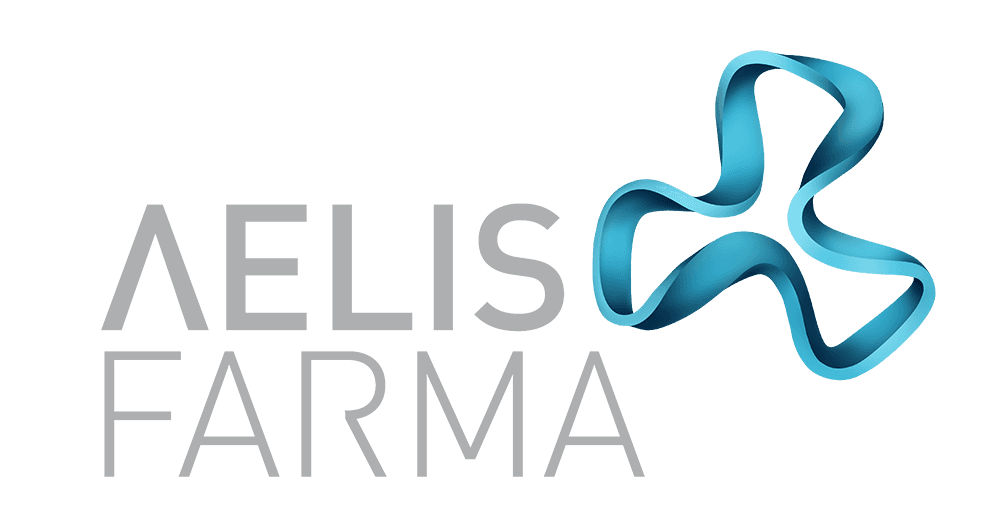Molecular Target
The CB1 receptor is the molecular target of CB1-SSi
The CB1 is the principal receptor of the endocannabinoid system and one of the main neurotransmitter receptors of the brain.
The CB1 receptor has a very important role in the regulation of physiology and behavior and when dysregulated is involved in several disease states of the brain (see diagram below).
Aelis Farma’s CB1-SSi allow a wide range of disease states to be addressed and the development of a solid and diversified pipeline.
Physiological Functions and pathological states involving the CB1 receptor


